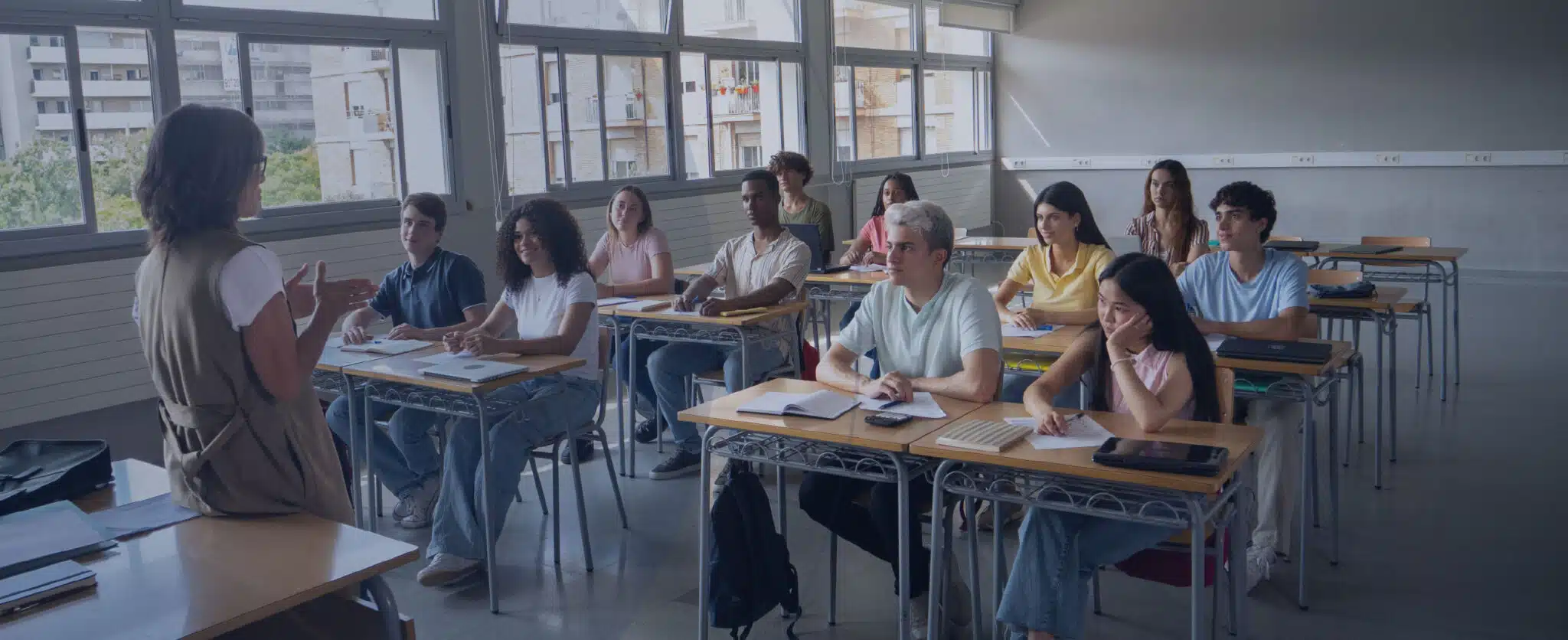Public universities have a legal and ethical responsibility to provide an inclusive learning environment for all students, including those with disabilities. Compliance with federal regulations ensures equal access to education, both in physical spaces and digital platforms. This guide covers key accessibility requirements and actionable steps universities can take to meet them.
Compliance Requirements for Public Universities
Public universities must adhere to several laws governing accessibility, including:
- Americans with Disabilities Act (ADA) – Title II: Ensures all programs, services, and activities are accessible.
- Section 504 of the Rehabilitation Act: Requires equal access to education for students with disabilities.
- Architectural Barriers Act (ABA): Mandates that buildings and facilities funded with federal money meet accessibility standards.
- Digital Accessibility (ADA and WCAG 2.1 Level AA): New regulations require websites, digital course materials, and online platforms to be accessible.
- Effective Communication Mandates: Universities must provide necessary aids like sign language interpreters, captioning, and alternative formats.
- Policy and Procedural Adjustments: Schools must accommodate students with disabilities through reasonable modifications.
How Public Universities Can Meet Accessibility Requirements
Meeting accessibility requirements involves both structural updates and procedural improvements. Universities need to assess their current facilities, digital platforms, and communication strategies to address the needs of students with disabilities. By taking a proactive approach, institutions can remove obstacles that might prevent students from fully participating in academic life.
- Physical Accessibility: Conduct regular audits of campus buildings to confirm they meet legal standards. Features like ramps, elevators, accessible restrooms, and automatic doors should be available throughout campus. Outdoor pathways and emergency exits must also be designed for accessibility.
- Digital Accessibility: Websites, learning management systems, and course materials should comply with WCAG 2.1 Level AA standards. All digital content, including PDFs and multimedia, must be accessible through screen readers, captions, and other assistive technologies. Testing tools can help identify and correct accessibility gaps.
- Communication Support: Class materials should be available in multiple formats, such as Braille, large print, and audio. Live events and lectures may require sign language interpreters or real-time captioning. Assistive listening devices should be available for students who need them.
- Faculty and Staff Training: Instructors and administrators should be trained on best practices for accessible teaching. This includes creating structured digital content, using alternative text for images, and making sure classroom technology accommodates different learning needs.
- Policy and Administrative Support: A dedicated office for disability services should oversee accommodation requests and address student concerns. Feedback channels should be in place so students can report accessibility issues, and policies should be reviewed regularly to keep up with changing regulations.
How Universities Can Support Every Student
Meeting accessibility requirements is about more than compliance. Updating facilities, improving digital resources, and providing the right support help ensure that all students can fully participate in academic life. When universities prioritize accessibility, they create a more inclusive and equitable learning environment.
Propio helps institutions meet these standards with reliable interpretation, translation, and accessibility solutions. Contact us to learn how we can support your university in making education accessible to everyone.








